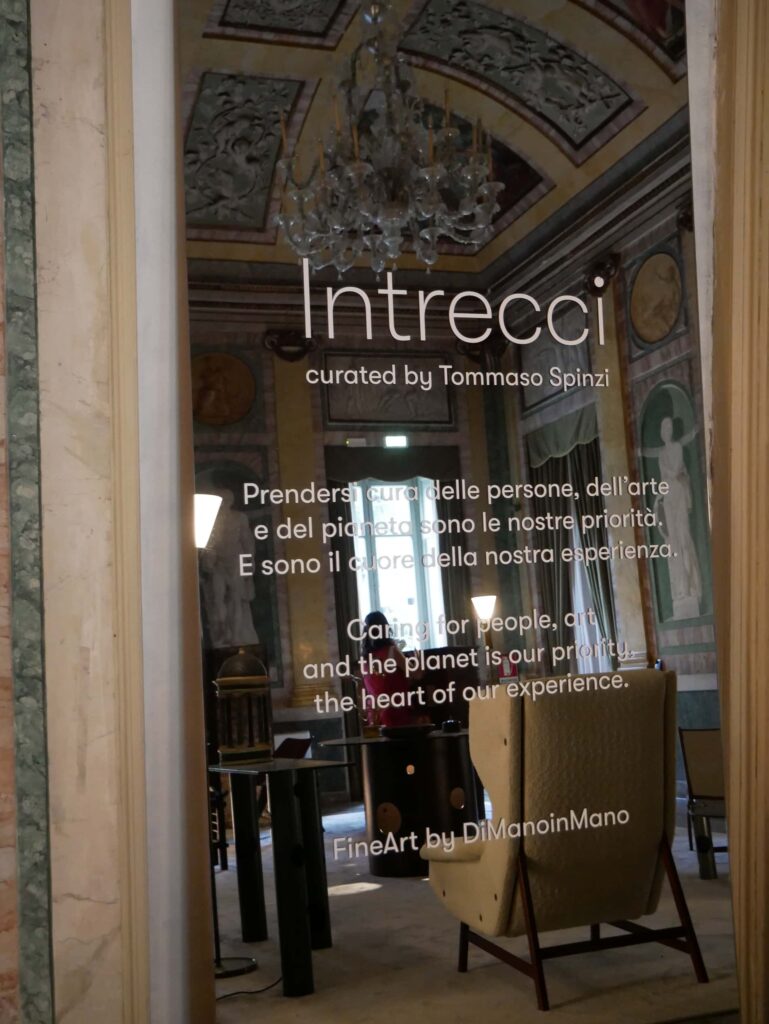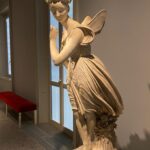Lake Como Design Festival
La bellezza del marmo tra antico e design
The Lake Como Design Festival was held from 15 to 24 September, an important event dedicated to design which features various exhibition venues and renowned locations in the city, capable of attracting a large international audience.
The exceptional occasion is the two thousandth anniversary of the birth of Pliny the Elder. Native of the town of Como, the only work of his that has survived in its entirety is the Naturalis Historia, an encyclopedic treatise that proposes what was the knowledge of the time on various naturalistic themes. Divided into 37 volumes, it addresses topics such as: astronomy, geography, anthropology, zoology, botany, materials, medicine, metallurgy, mineralogy and art.
The central themes of the festival are in particular the passages and interpretations dedicated to the animal and plant world, as well as minerals, offering artists and exhibitors numerous ideas for presenting their work.
The Festival took place as part of a cultural operation promoted by Wonderlake Como, an association that also aims to rediscover spaces unknown to the general public or difficult to access.
In fact, it is precisely with this in mind that the church of San Pietro in Atrio, which once belonged to the nearby church of San Fedele, was reopened after five years. In this exhibition space, the frescoes on the walls dialogue with the works of national and international artists, linked by experimentation in plant manufacturing to textile production with natural fibres, often rediscovering ancient production techniques. In a location that is already fascinating in itself, a suggestive installation has been created, highlighted by a clever play of lights that places the proposed works in continuous dialogue with the environment that hosts them, true Stories of Fabrics.
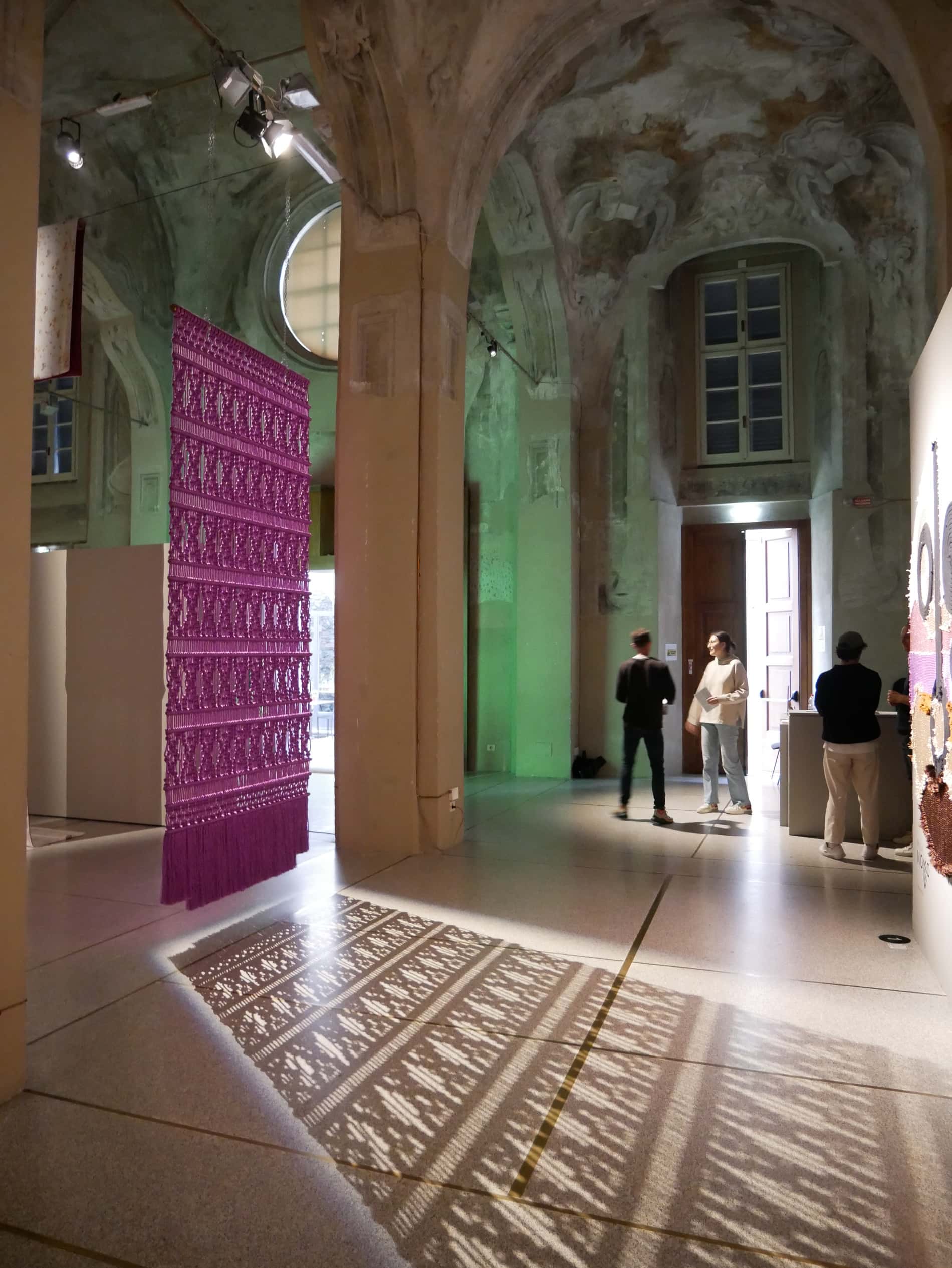
Central location in the concept of the Festival and in the heart of the city is the collective exhibition which finds space in the Broletto premises.
The Other Animals, this is the name of the exhibition which, starting from sculptural, graphic and artisanal works, proposes the representation of a real bestiary based on Pliny’s zoological census.
“Now I’ll move on to talking about the other animals”
Thus reads a passage from the Naturalis Historia which opens the section dedicated to the treatment of human beings and which underlines the close link between man and nature. In this exhibition the animals are reread through the human eye and revisited through the creative act. A subdivision into three sections, dedicated respectively to water, earth and air, which corresponds to three tables on which the works are presented, accompanied by the relevant descriptions from the Plinian encyclopedia.
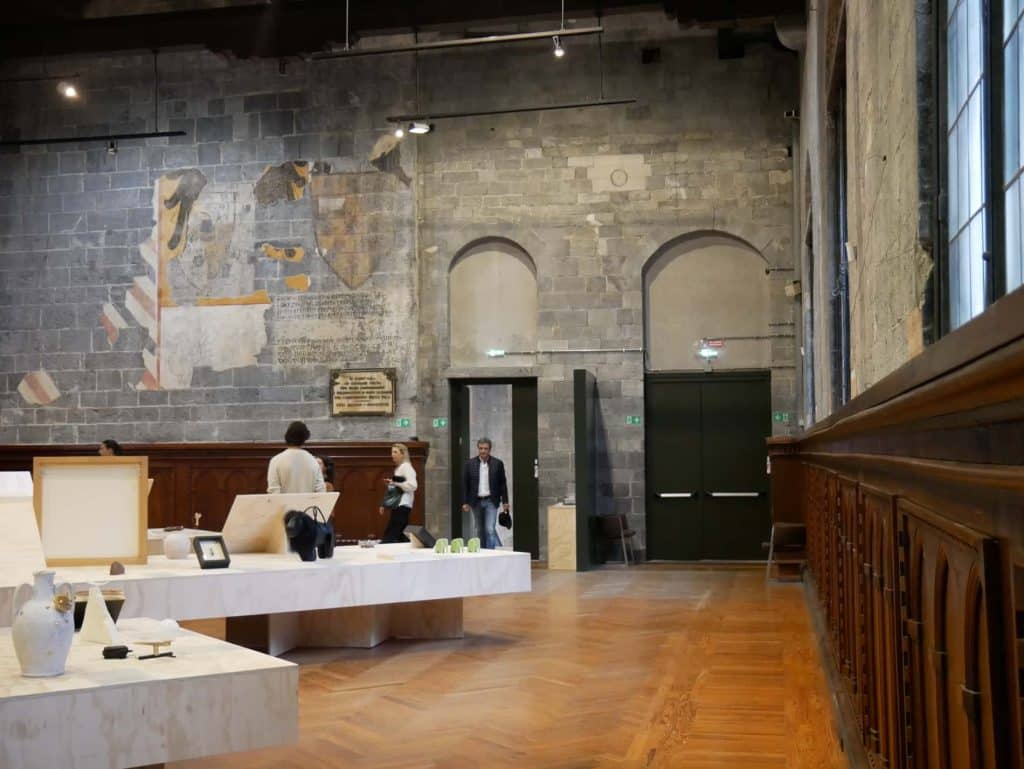
The photographic exhibition Between Art and Nature is interesting. Photographs from the collection of Carla Sozzani, curated by Maddalena Scarzella and which will remain extraordinarily open until 15 October.
A selection of works belonging to the permanent collection of the Carla Sozzani Foundation is presented in the former Ursoline San Carlo Convent. Here too, nature is the true protagonist, of how it was portrayed and how it itself directly inspired specific photographic choices.
For this edition of the Como Festival, Villa Olmo was also chosen as the exceptional venue.
Neoclassical building designed by architect Simone Cantoni at the end of the eighteenth century, the frescoed rooms on the ground floor have become the scene of the exhibition of historic realities and exceptional designers.
Back to Nature, a real catalog of pieces of art, modern and contemporary design, which dialogue with each other in a continuous reference and show a reflection on nature and its influence in the artistic world, with depictions of elements of the same or used as source material for the works.
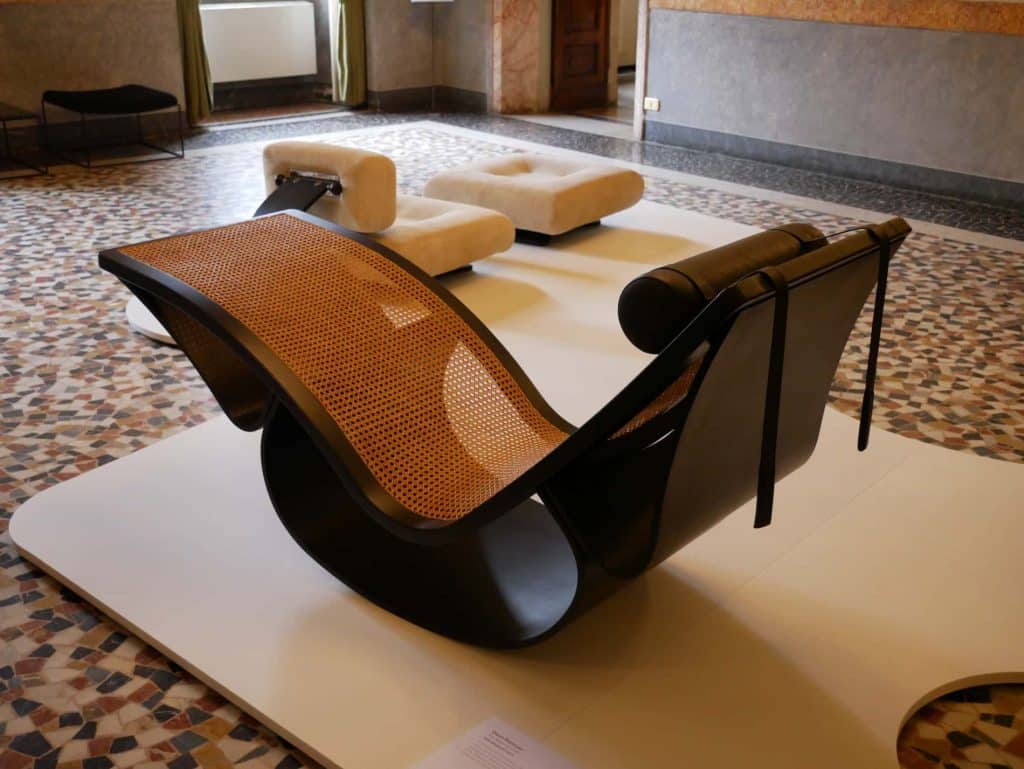
The Sala Bacco hosted Intrecci, an installation by Tommaso Spinzi specifically created for Fine Art by Di Mano in Mano, where precious antiques, modern and contemporary design intertwine in a seamless communication.
The Villa Salazar exhibition is completely dedicated to contemporary design. Curated by Giovanna Massoni, who has always been attentive to the search for communication of the social and cultural value of design.
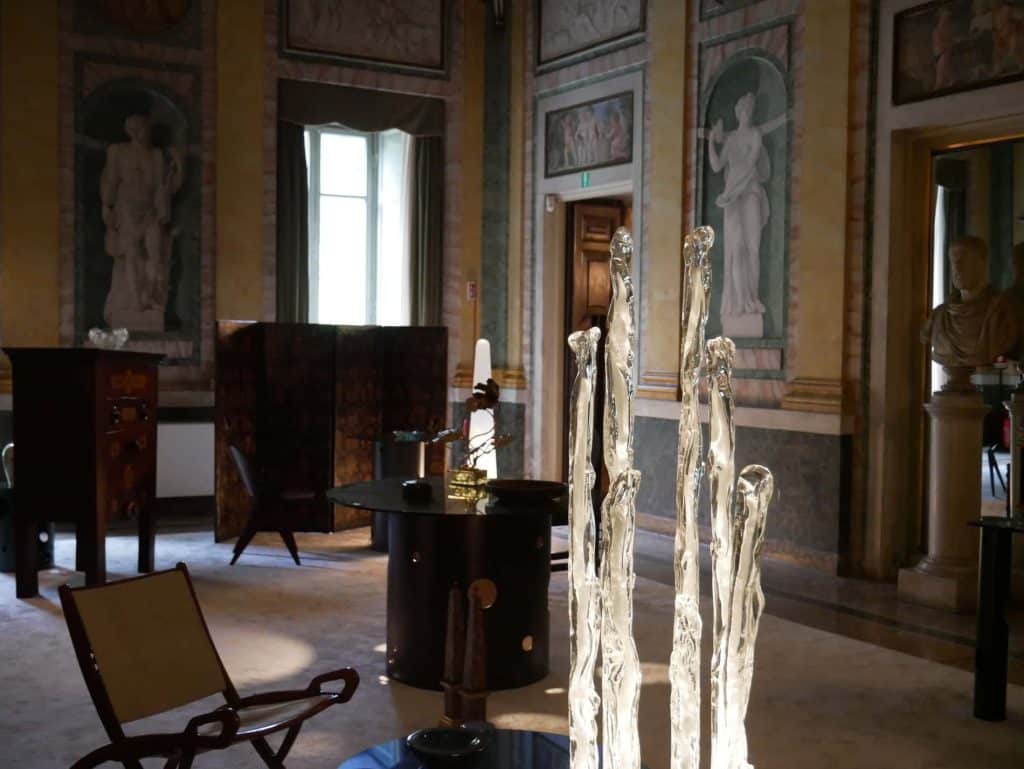
“I like to think of contemporary design as an open cataloging work, a shared and interconnected repertoire of objects and experiments, materials and technologies that challenge climate change and the scarcity of natural resources. A dialogue between ancient and future, between vernacular manufacturing practices and technological dematerialisations, between organic materials and new biocomposite materials, between reuse processes and future scenarios where our waste becomes fossils. Design – which has always been a collaborative profession – is today more than ever an anti-disciplinary exercise , an encyclopedia of hybrid attitudes that combines applied or speculative research with doing, through a paradigm that allows human and non-human interaction.”
“What in my opinion creates a surprising link between Gaius Plinius Secundus and the new design is not only the insatiable curiosity of the “protomartyr of experimental science” (as Italo Calvino defined him).
Pliny the Elder is the one who pronounced the very current “the only certainty is that nothing is certain” and who, starting from this assumption, composed a masterly work that brings together zoology, mineralogy, botany and the history of art in the great embrace of Naturalis Historia, suggesting an interesting exegesis of production in close correlation with the living system. The objects that we will present in this edition will contribute to creating an anthology of narratives that tell the transition towards a world of change: in flux, imperfect, fragile, where design – no longer the discipline of anthropocentric solutions – creates experiments and tells us how to know , evoke, repair and care for our ecosystem.”
The choice of layout is very interesting: on the walls of the rooms of the villa there are the presentations of the various protagonists, flanked by the raw materials and the projects of their works proposed in the center of the rooms. Real presentation not only of the finished object, but of the entire creative process.
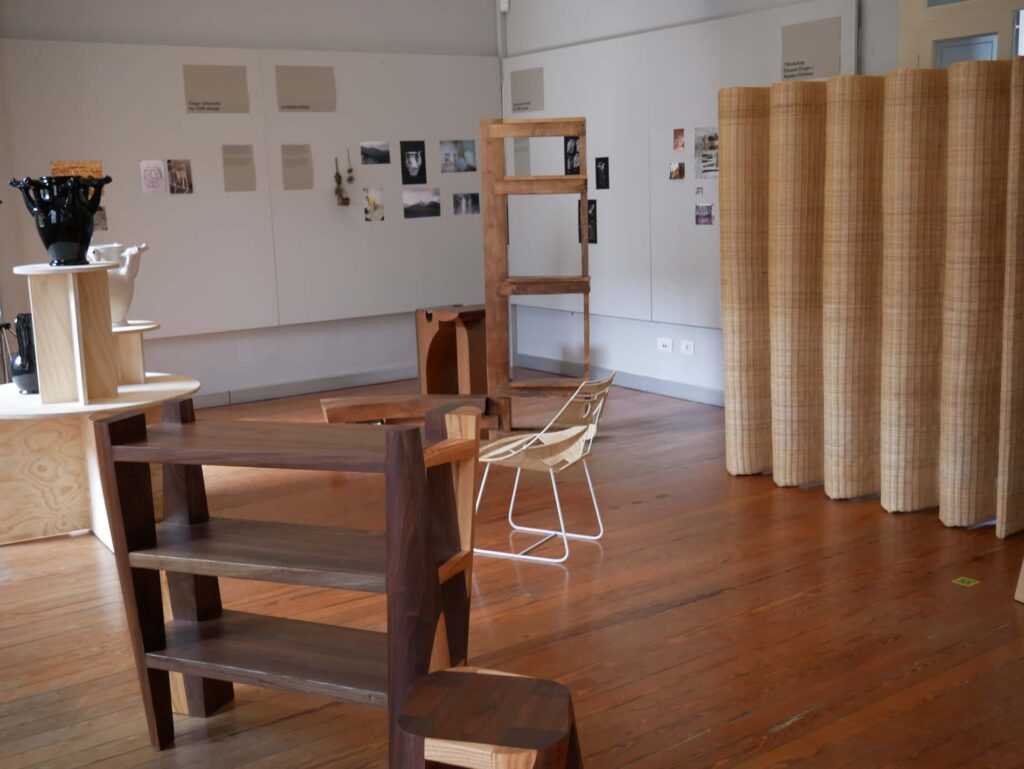
Now in its fifth edition, the Lake Como Design Festival once again confirmed itself on this occasion as an event appreciated and awaited by a vast and heterogeneous audience, arousing the interest of both sector workers and enthusiasts.
